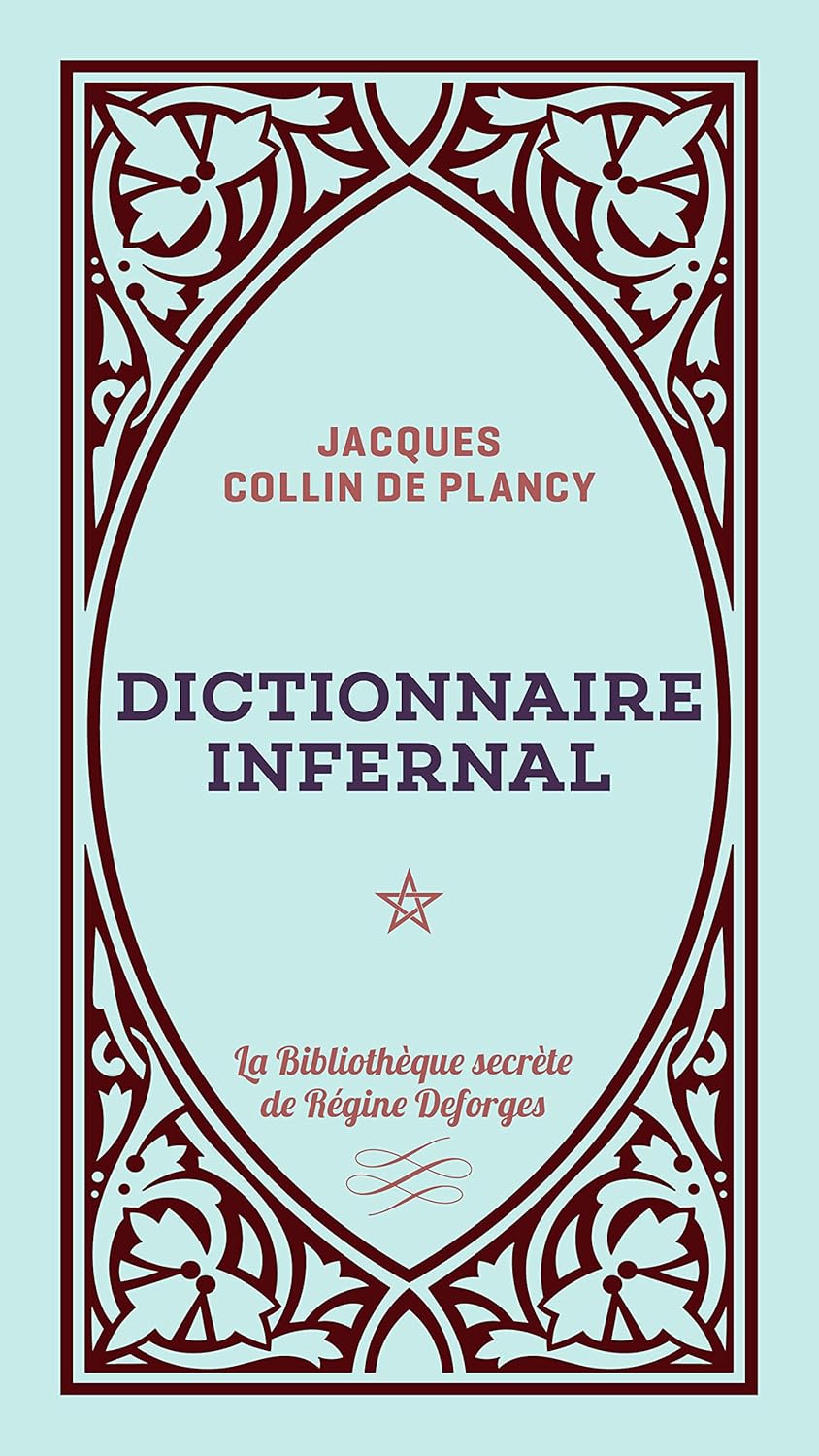About this deal
Like his uncle, Collin de Plancy was originally a partisan of liberty, equality, and fraternity, an enthused reader of Voltaire and a zealous rationalist and skeptic; also like his uncle, he would ultimately see himself reconciled to that Church he had rejected, though with a detour through the darker corners of demonology. de Plancy collaborated with Jacques Paul Migne, a French priest, to complete a Dictionary of the occult sciences or theological Encyclopaedia, which is described as an authentic Roman Catholic work. Our small-group adventures are inspired by our Atlas of the world's most fascinating places, the stories behind them, and the people who bring them to life. Written by Jacques Auguste Simon Collin de Plancy, and illustrated by Louis Le Breton, this classic work was printed in 6 editions, with the final edition of 1863 containing the famous demon images. Grimoires exist”, he goes on, “because of the desire to create a physical record of magical knowledge, reflecting concerns regarding the uncontrollable and corruptible nature of .
He combined realistic details with fantastical elements, creating some of the most original and vivid depictions of demons ever made. As with the many demonic chimeras that populate his dictionary, Collin de Plancy was a mélange of disparate parts. Although Jacques Collin de Plancy’s Dictionnaire infernal, a monumental compendium of all things diabolical, was first published in 1818 to much success, it is the fabulously illustrated final edition of 1863 which secured the book as a landmark in the study and representation of demons. The text and images of the spirits, from the 1863 edition are presented here, in this Infernal Dictionary. As depicted by the French artist Louis le Breton for his fellow countryman Jacques-Albin-Simon Collin de Plancy’s Dictionnaire infernal, Astaroth is a skinny man with reptilian claws punctuating long hands and feet, hobbled over on the back of a lupine demon sporting a massive pair of bat wings and a serpentine tail.
Or there is Amduscias, in “the form of a unicorn”, to whose voice “the trees bow”, and who “commands twenty-nine legions. As if le Breton’s rendition of the beast wasn’t terrifying enough, Collin de Plancy reminds us that this nightmare creature “knows the past and the future”. By the end of 1830 he was an enthusiastic Roman Catholic, to the consternation of his former admirers.
Perhaps for Collin de Plancy, born almost two centuries later amidst the convulsions of revolution, the thin, reptilian demon with the aristocratic bearing still represented some of the dangers of the new learning, for Astaroth “willingly answers the questions he is asked about the most secret things, and .Of course, Collin de Plancy’s concern in the Dictionnaire infernal wasn’t just the defecation of minor demons. He was born in 1793, only four years after the crowning (or most condemnatory) event of the Enlightenment: the French Revolution. The most interesting edition of the text is the final one of 1863, illustrated with creepy exactitude by le Breton, whose brilliant Doré-esque engravings elevate the work beyond the relative staidness of previous editions. This influence is most clearly seen in the sixth and final 1863 edition of the book, which is decorated with many engravings and seeks to affirm the existence of the demons. If there is any consolation to be found, it’s that controlling our demons is possible if we’re able to name them, whether they are of the supernatural or of the rationalist variety — and in either case, a dictionary is what we shall need.
De Plancy published dozens of titles in his lifetime, but he never surpassed the success (or infamy) of the Dictionnaire Infernal, which first appeared in 1818 and was followed by several updated editions. Theologians should leave to the poets the depiction of Hell, and not themselves seek to frighten minds with hideous paintings and appalling books" (p. Their odd depictions of stilt-legged owl men, insect-legged frog-cat kings, and spiral-horned jesters transformed the Dictionnaire Infernal from an occult oddity that could easily have been forgotten to a frightening bestiary that is still referenced and shared today. Perhaps in reaction to that affair, he added the aristocratic “de Plancy” to his otherwise plebeian name.
His face — described by Collin de Plancy as that of a “very ugly angel” — is rendered by le Breton as thin and effete, almost equine, with eyes dismissive and uncaring, a slight sneer of cold command. Collin de Plancy did not just convince himself that demons were real, but indeed he developed a wish to control them through language, a desire as fervent as that of his Enlightenment forebears to categorize and define words and ideas in dictionaries and encyclopedias. He first published the Dictionnaire Infernal in 1818, as a skeptical and rational investigation of the occult world. If this is true, then the Dictionnaire infernal is not just a reflection of Collin de Plancy, a man who dwelled among shadows yet desired to illuminate, but also a reflection of our own modern world.
 Great Deal
Great Deal 